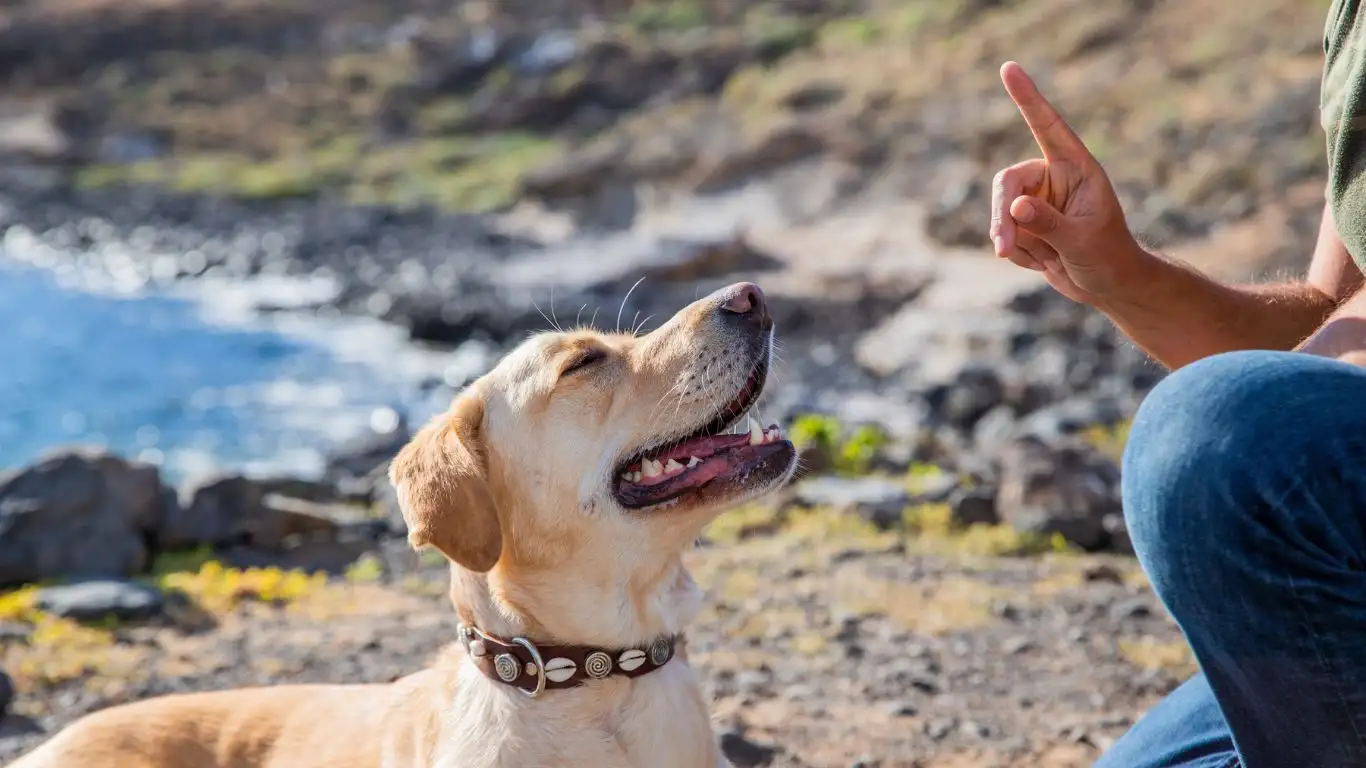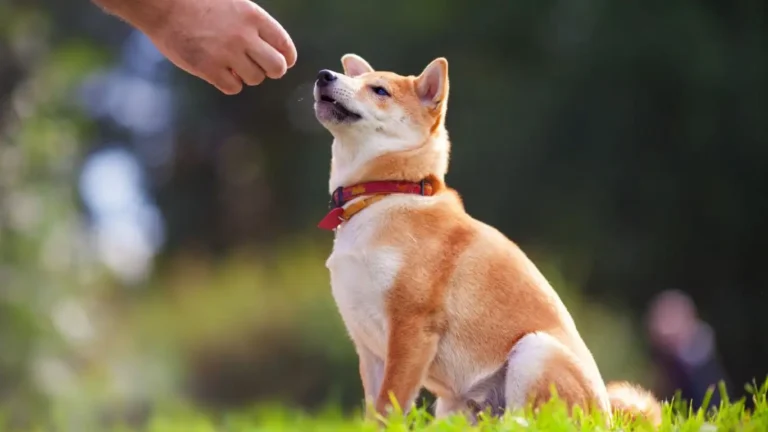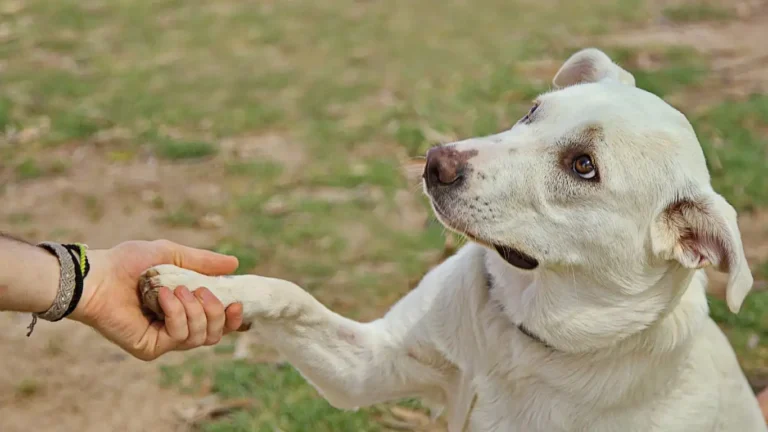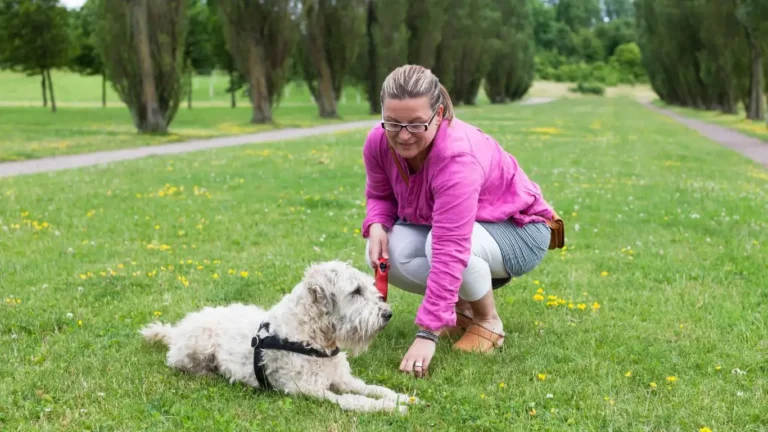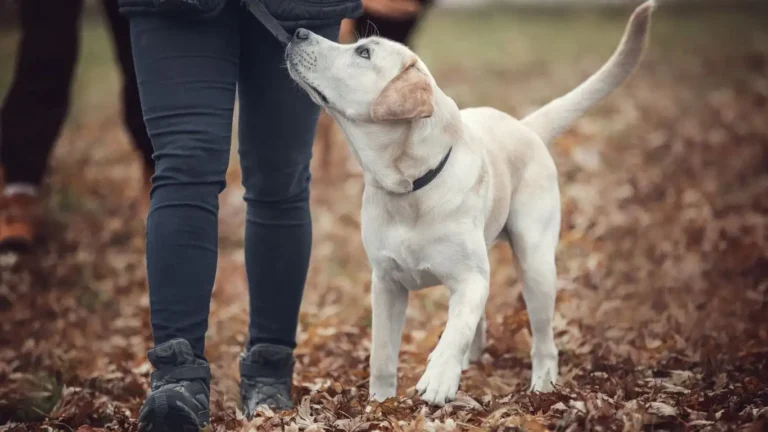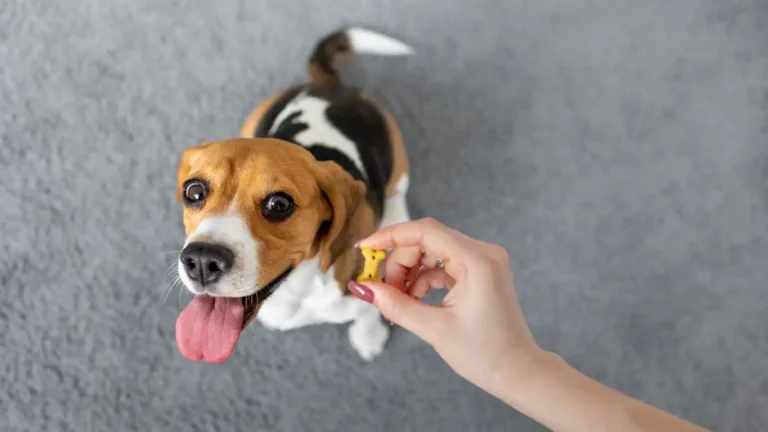How to Train a Dog to Wear a Sweater Comfortably: Essential Tips for Success
Training your dog to wear a sweater comfortably can seem like a challenge, especially if your pup is not used to wearing clothes. As a Canine-Assisted Therapy Trainer with years of experience, I’ve seen how beneficial it can be to introduce a sweater to your dog in the right way. Not only does it keep them warm and cozy during colder months, but it also helps with their comfort and security when done correctly. In this article, we’ll walk through the steps of how to train a dog to wear a sweater comfortably. With patience, positive reinforcement, and a little creativity, your dog will soon feel like a pro in their new outfit.
Why Training Your Dog to Wear a Sweater is Important
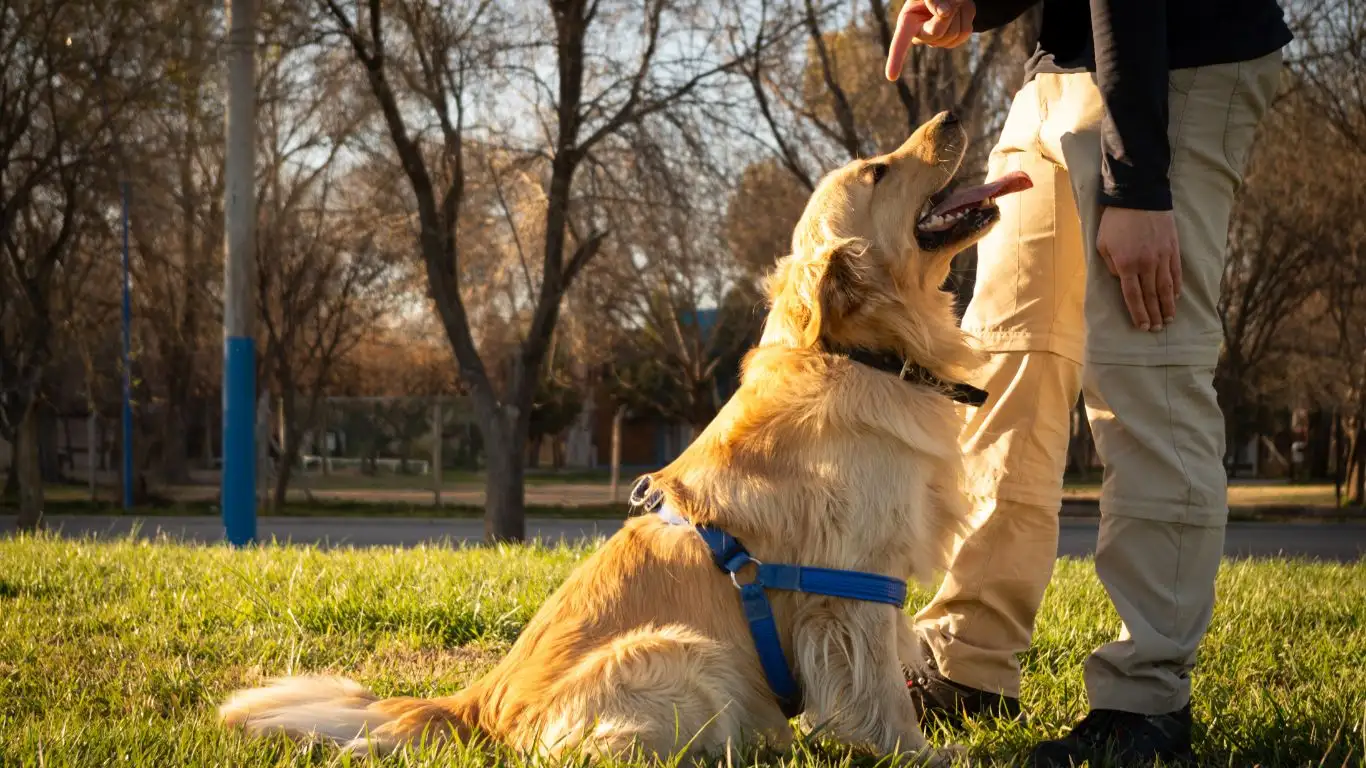
When you live in a colder climate, or if your dog has a thin coat, it’s important to provide them with a sweater or jacket to help keep them warm. Some dogs absolutely love wearing sweaters, while others may find them strange and uncomfortable at first. That’s where training comes into play.
Training your dog to wear a sweater isn’t just about putting on the garment—it’s about ensuring they are comfortable, happy, and relaxed in it. Many dogs associate clothing with being restricted or uncomfortable, but with the right approach, you can change that perception. As I’ve seen with my therapy dogs, wearing a sweater can also provide a sense of security for some dogs, making them feel more protected in certain situations.
The Best Time to Start Training Your Dog to Wear a Sweater
Timing Is Key: Start Slowly
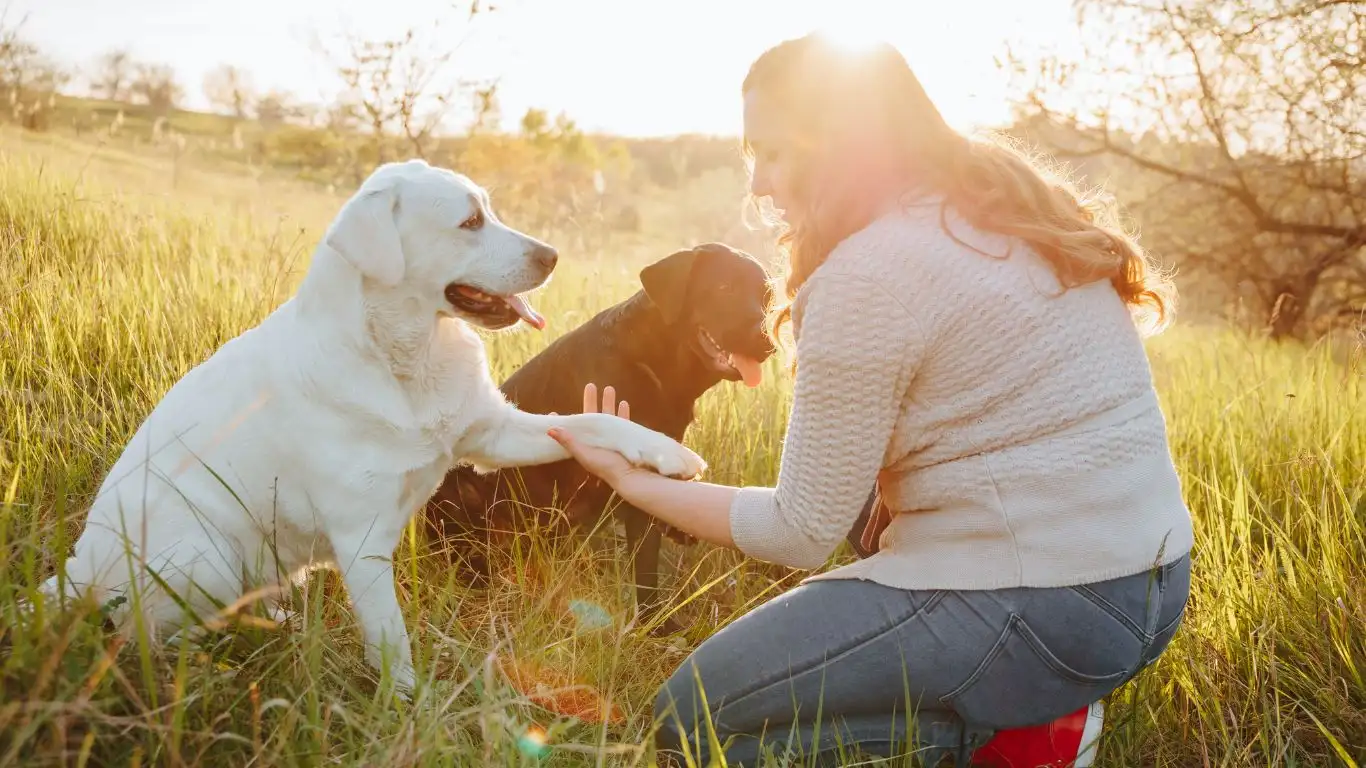
When it comes to training a dog to wear a sweater, timing plays a crucial role. Start introducing the sweater at a time when your dog is calm and relaxed. Trying to force a sweater onto a dog when they’re already stressed or excited can create negative associations with the clothing. Ideally, you want to begin the training during a time when your dog is settled—perhaps after a walk, play session, or during their regular nap time.
Personally, I’ve found that introducing a sweater during a quiet moment at home works best. The goal is to make the experience as positive and relaxed as possible. If you’ve got a high-energy dog, aim for a period where they’ve already expended some energy, so they’re more likely to be calm and receptive to new experiences.
Step-by-Step Process: How to Train Your Dog to Wear a Sweater Comfortably
1. Get Your Dog Used to the Sweater
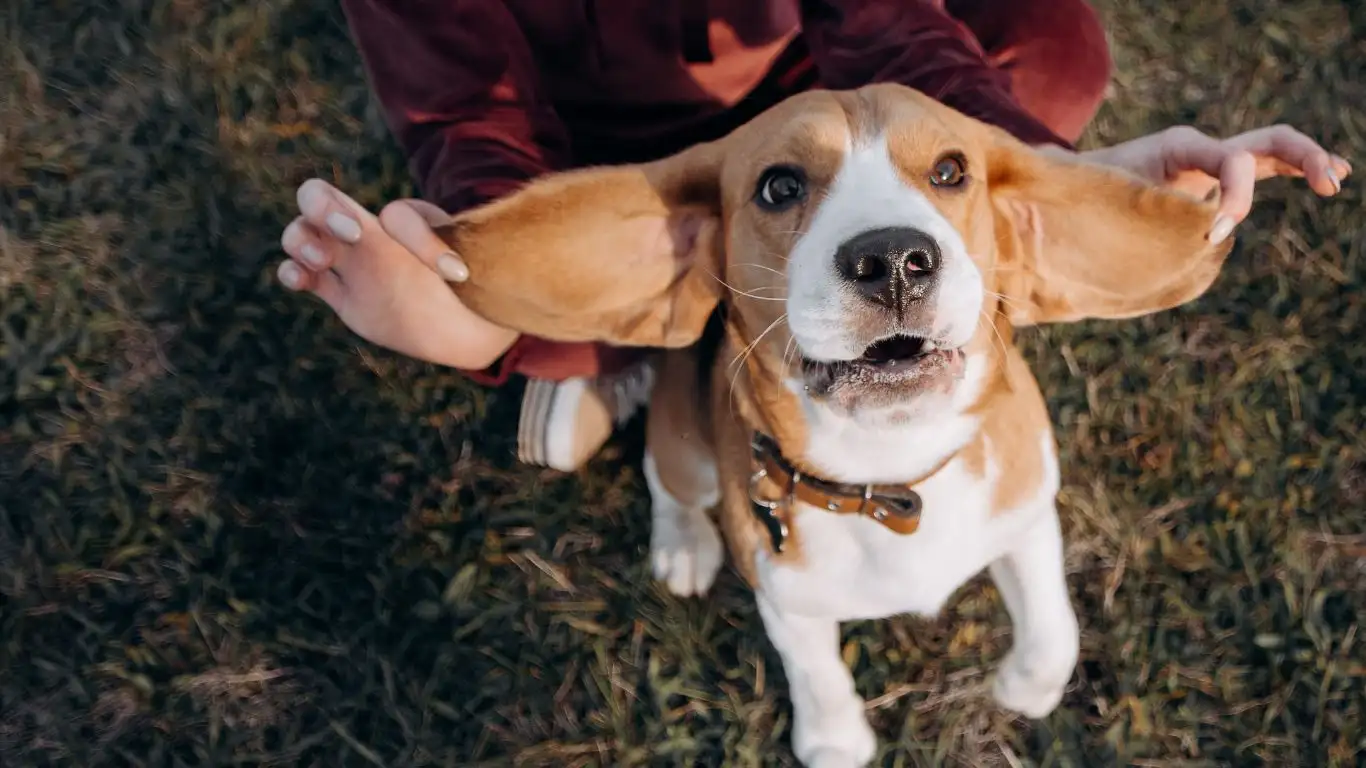
The first step in the process is to allow your dog to get familiar with the sweater. Start by showing it to them, letting them sniff it, and maybe even placing it near their favorite toys or bedding so they associate it with something positive. It’s important not to rush this step; allow your dog to explore the sweater on their own terms.
If your dog seems apprehensive, take it slow. You might even want to place the sweater on the floor, letting your dog walk over it or sit near it without any pressure. By creating a calm and non-threatening environment, your dog will begin to associate the sweater with safety and comfort rather than something scary.
2. Introduce the Sweater Gently
Once your dog seems comfortable with the sight and smell of the sweater, it’s time to introduce it more directly. Gently drape the sweater over their back while they’re standing or sitting in a calm state. At this point, you’re not aiming to fully put the sweater on, but simply to allow them to feel the fabric on their body. You might notice them squirm a little at first—that’s perfectly normal. Just be patient, and try to keep the experience as relaxed as possible.
If they seem hesitant or try to pull away, don’t force them to wear it. Instead, remove the sweater and offer plenty of praise for staying calm, even if they didn’t wear it for long. Gradually, over time, they’ll begin to understand that the sweater is harmless.
3. Use Positive Reinforcement
As with all dog training, positive reinforcement is your best friend. Every time your dog reacts positively to the sweater—whether they sniff it, allow it to be placed on them for a few seconds, or remain calm while wearing it—be sure to reward them with a treat or their favorite toy. I’ve found that using small, high-value treats, such as bits of chicken or cheese, works wonders in reinforcing good behavior.
Don’t rush this step. If your dog shows even a small amount of interest or tolerance for the sweater, praise them and offer a reward. This will help your dog associate wearing the sweater with something good happening. The key is to make sure that each step, no matter how small, is met with enthusiasm and rewards.
Signs That Your Dog is Ready to Wear the Sweater for Longer Periods
After a few training sessions, you’ll start to notice certain signs that your dog is becoming more comfortable with wearing the sweater. These signs include:
- Relaxed posture: If your dog remains calm and relaxed while the sweater is on, it’s a sign they are getting used to the sensation.
- No signs of distress: If your dog isn’t trying to pull the sweater off or showing signs of discomfort (like excessive licking or biting at it), they may be ready to wear it for longer periods.
- Positive body language: Your dog may wag their tail or show other signs of happiness when wearing the sweater, which is a good indicator that they’re comfortable.
Once you’ve observed these signs, you can start increasing the amount of time your dog wears the sweater, eventually transitioning to wearing it for longer outdoor walks or playtime. Always monitor your dog for signs of discomfort, and never leave the sweater on for too long if they’re not fully comfortable with it.
How to Choose the Right Sweater for Your Dog
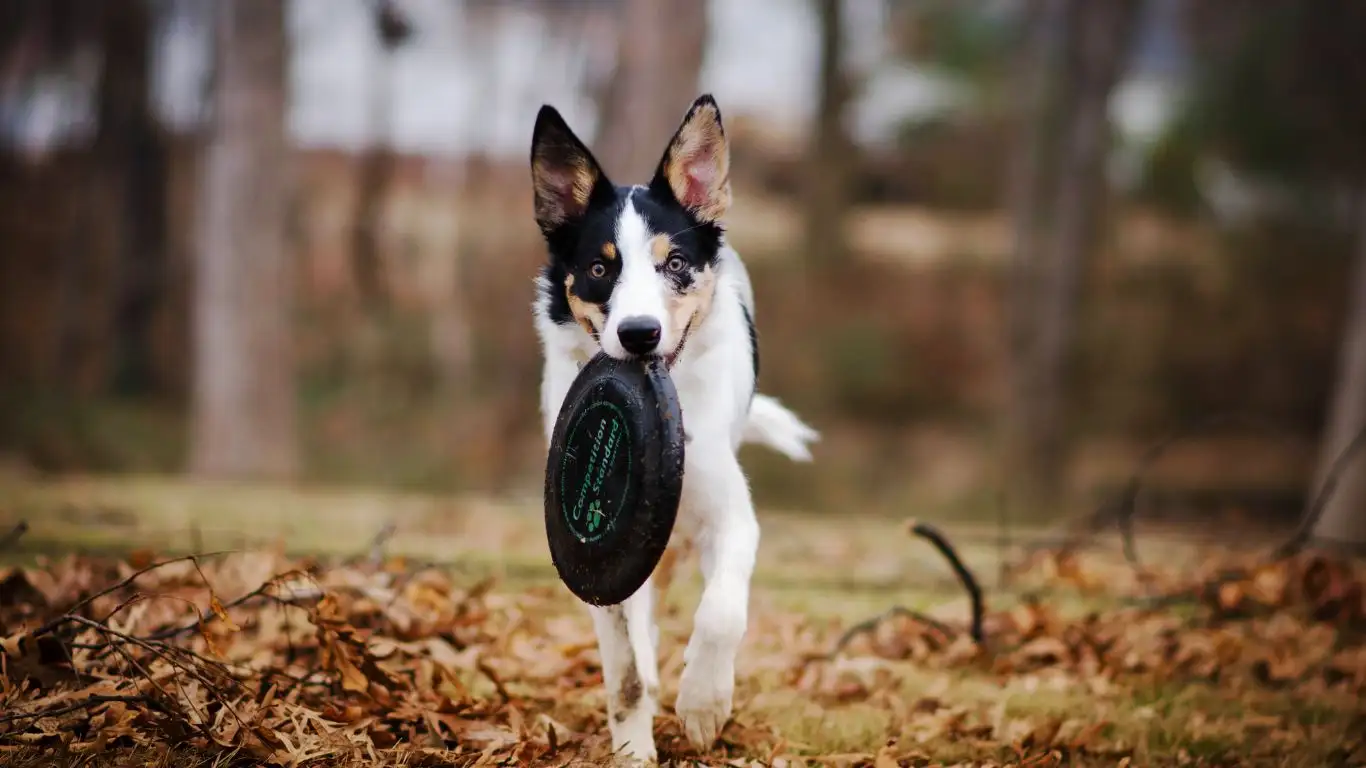
Now that your dog is on their way to getting comfortable with wearing a sweater, the next step is ensuring you’ve selected the right one. I can’t tell you how many times I’ve had clients reach out asking for advice on the best dog sweater. The truth is, the right sweater can make all the difference in your dog’s comfort, and it’s not just about the style. Here are a few factors to consider:
1. Fit is Everything
One of the most important factors when choosing a sweater for your dog is the fit. Too tight, and it will restrict their movement and potentially cause discomfort. Too loose, and it might irritate them or even get in the way of their paws as they walk. Ideally, you want a sweater that fits snugly but allows for full range of motion.
When I was training my own therapy dogs, I learned that it’s worth spending time getting the measurements just right. Measure around your dog’s neck, chest, and length from the base of their neck to the base of their tail. These measurements will help you pick out the best fit and ensure they’re not going to be bothered by any loose fabric. I recommend looking for sweaters made of stretchy fabrics, like knit or fleece, that offer both warmth and flexibility.
2. Consider Your Dog’s Coat Type
Another consideration is your dog’s coat type. Some dogs have thicker fur coats and don’t need as much help staying warm, while others may have thin fur and need extra warmth. I’ve worked with several breeds over the years, and I’ve noticed that dogs like Greyhounds, Whippets, and Chihuahuas often need sweaters for warmth. On the other hand, dogs with thick, double-layered coats like Huskies or Golden Retrievers may only need a sweater for style or special occasions.
Knowing your dog’s coat type helps you determine the material and thickness of the sweater. For example, lightweight cotton or mesh sweaters work well for dogs with thicker fur, while fleece or wool sweaters are better suited for dogs with thinner coats. Keep in mind that if your dog is particularly active, a lighter, breathable fabric might be better so they don’t overheat.
3. Look for Easy-to-Use Features
Another thing to look out for is ease of use. Sweaters with Velcro straps or zippers can make it easier to put the sweater on and take it off your dog, especially if you’re training them to wear it for the first time. I’ve found that simpler designs with no complicated fastenings are often the best for dogs who are new to wearing clothes.
Also, consider the design. Some sweaters come with high collars to protect your dog’s neck, while others have a more open design. Depending on your dog’s sensitivity and what they’re comfortable with, you might want to experiment with different styles to see what works best for them.
Gradually Increasing Sweater Time: The Next Step in Training
Start Small, Build Up Slowly
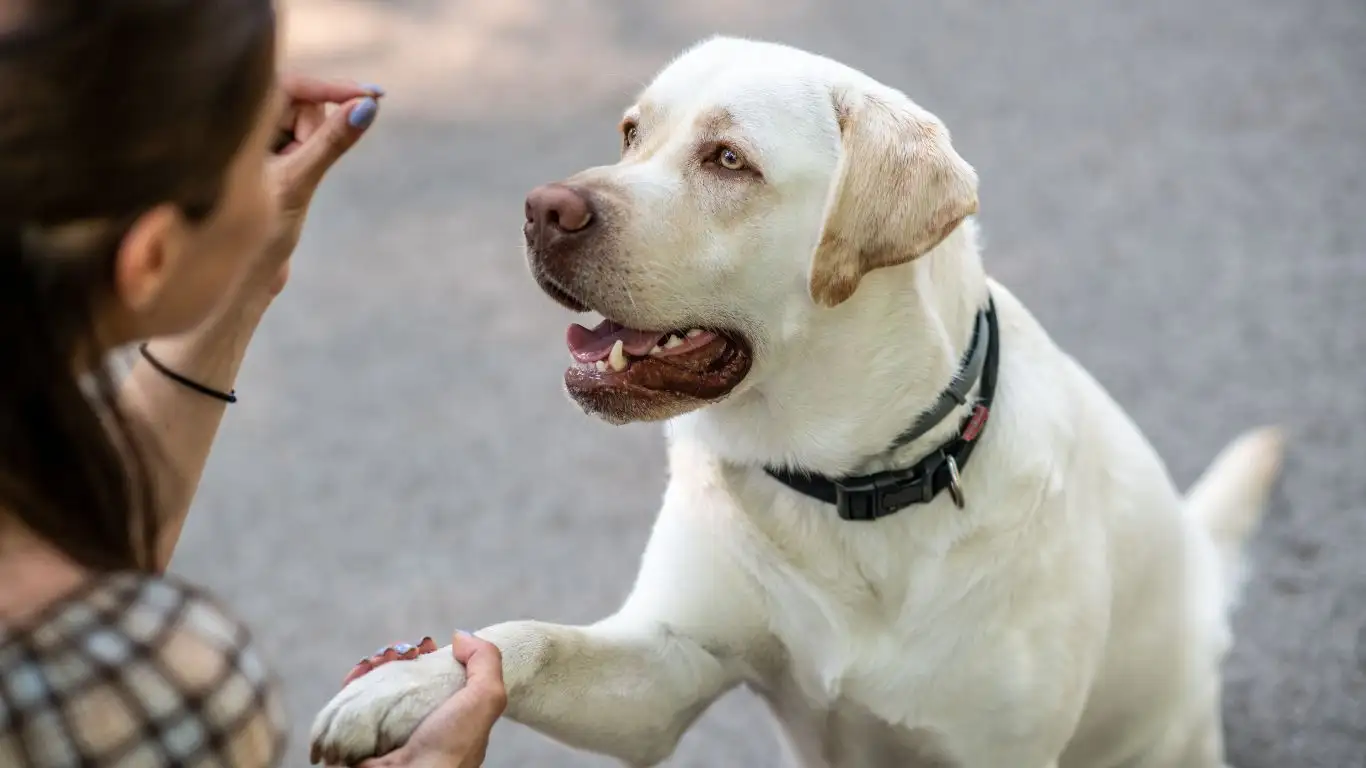
As your dog becomes more accustomed to the idea of wearing a sweater, it’s time to gradually increase the time they wear it. This is another stage where patience is key. Just like any other aspect of dog training, pushing your dog too fast can lead to resistance or anxiety.
Start by having your dog wear the sweater for just a few minutes at a time. If they seem comfortable, gradually increase the duration. This could be a simple 5-minute session at first, and then you can slowly work up to 10, 20, or even 30 minutes over time. Keep an eye on your dog during these sessions—if they seem uncomfortable or start to show signs of stress, it’s time to remove the sweater and try again later.
When I was training my therapy dogs, I made sure to reward them every time they wore the sweater for a longer period. This positive reinforcement helps create a connection between the sweater and the reward. I also found that wearing the sweater during fun activities, like a walk or a play session, helped them associate the sweater with something positive. They were more likely to enjoy wearing it when it was linked with an enjoyable experience.
Use Distractions to Keep Them Comfortable
Sometimes, the key to making your dog forget about the sweater is simply distracting them with something they love. Once the sweater is on, try engaging in a fun activity like playing with their favorite toy, offering a tasty treat, or going for a short walk. I’ve noticed that when dogs are busy doing something they enjoy, they often forget about the sweater entirely.
If you have a dog that tends to be more excitable or easily distracted, this could be a great way to help them get used to the feeling of wearing something unfamiliar. The goal here is to make the sweater just another part of their day-to-day routine.
Dealing with Resistance: What to Do If Your Dog Refuses to Wear a Sweater
Not every dog will take to wearing a sweater immediately, and that’s okay! Some dogs may be naturally more sensitive to clothing or just need a little more time to adjust. If your dog is resistant, it’s important to approach the situation with empathy and patience.
Don’t Force It
If your dog absolutely refuses to wear the sweater, don’t force them. Forcing the sweater on them can create negative associations and make the situation worse. Instead, take a step back and give your dog some space. Allow them to come to the sweater on their own terms, and try again later. In the meantime, keep reinforcing positive behaviors with treats, praise, and play, so your dog doesn’t associate the sweater with anything stressful.
Break Down the Process into Smaller Steps
If your dog is still hesitant, try breaking down the process into smaller steps. For instance, start with simply getting them comfortable with the sweater on the ground, then progress to draping it over their back, and finally, putting it on for short periods. Sometimes, taking a few steps back can help your dog feel more comfortable with the overall process.
Remember, every dog is different. Some dogs will take to wearing sweaters right away, while others may need a bit more time. The key is to be patient, stay positive, and offer plenty of rewards along the way.
How to Handle Setbacks During the Sweater Training Process
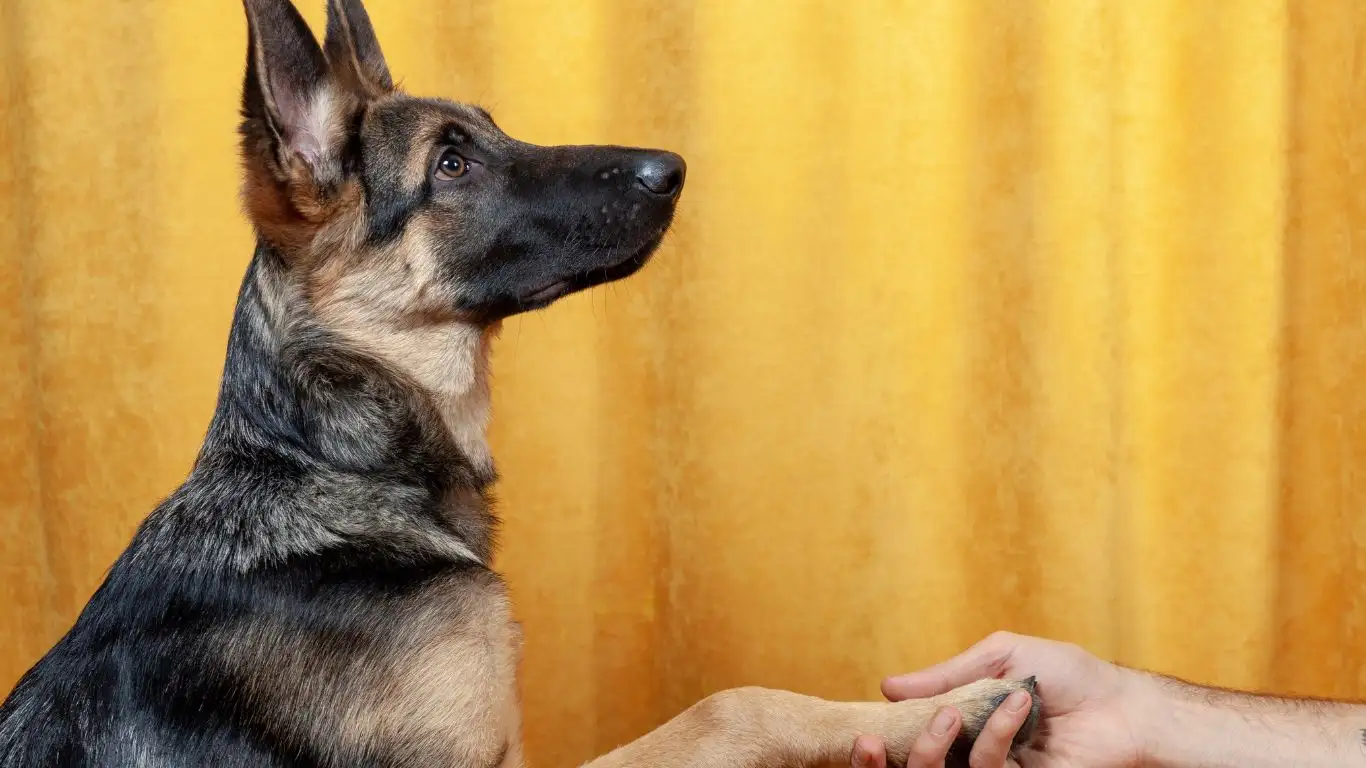
As with any training process, setbacks are a normal part of learning, and training your dog to wear a sweater comfortably is no exception. Not every dog will immediately take to wearing a sweater, and some may experience challenges along the way. This doesn’t mean you’ve failed—it’s simply a sign that your dog needs a bit more time, patience, or a different approach to get comfortable.
In my experience, setbacks are often an opportunity to adjust your strategy and improve the training process. So, let’s dive into some common setbacks you might encounter and how to handle them without getting frustrated:
1. Resistance to Wearing the Sweater
Some dogs will naturally resist wearing a sweater, especially if they’ve never worn one before. This resistance may manifest in behaviors like shaking it off, trying to bite or scratch at it, or simply refusing to move when the sweater is on. Don’t worry—this is completely normal.
If your dog is resistant, it’s important not to force the sweater on them or punish them for not complying. Instead, step back and reassess the approach. Here are a few tips to overcome resistance:
- Break it down: Instead of trying to put the sweater on all at once, try breaking the process into smaller steps. Start by placing the sweater on the floor near them, and then gently drape it over their back for a few seconds. Gradually work up to putting it on more completely.
- Use distraction: If your dog is distracted by something else, like a favorite toy or treat, it might help them stay calm while you gently put the sweater on.
- Take breaks: If your dog shows signs of frustration or discomfort, take a short break and try again later. This will keep the experience from becoming overwhelming.
2. Your Dog Refuses to Walk with the Sweater On
At times, even when your dog is comfortable with the sweater, they might refuse to walk or move as freely as they usually do. This could be due to the feeling of the sweater restricting their movement or simply because they’re not used to the extra weight or sensation of clothing.
In my experience, the best way to address this is to start with short, indoor walks, perhaps in a familiar area like your living room or backyard. Keep the pace slow and steady, offering rewards when your dog takes a few steps with the sweater on. As your dog gets more comfortable, you can gradually extend the walk time and increase the distance.
Another tactic that works well is pairing the sweater-wearing experience with something your dog loves. If your dog enjoys walks, for example, bring out the leash and harness and offer a walk once they’ve tolerated the sweater for a few minutes. This positive association can motivate them to tolerate the sweater more easily.
Ensuring Comfort for Longer Periods of Wear
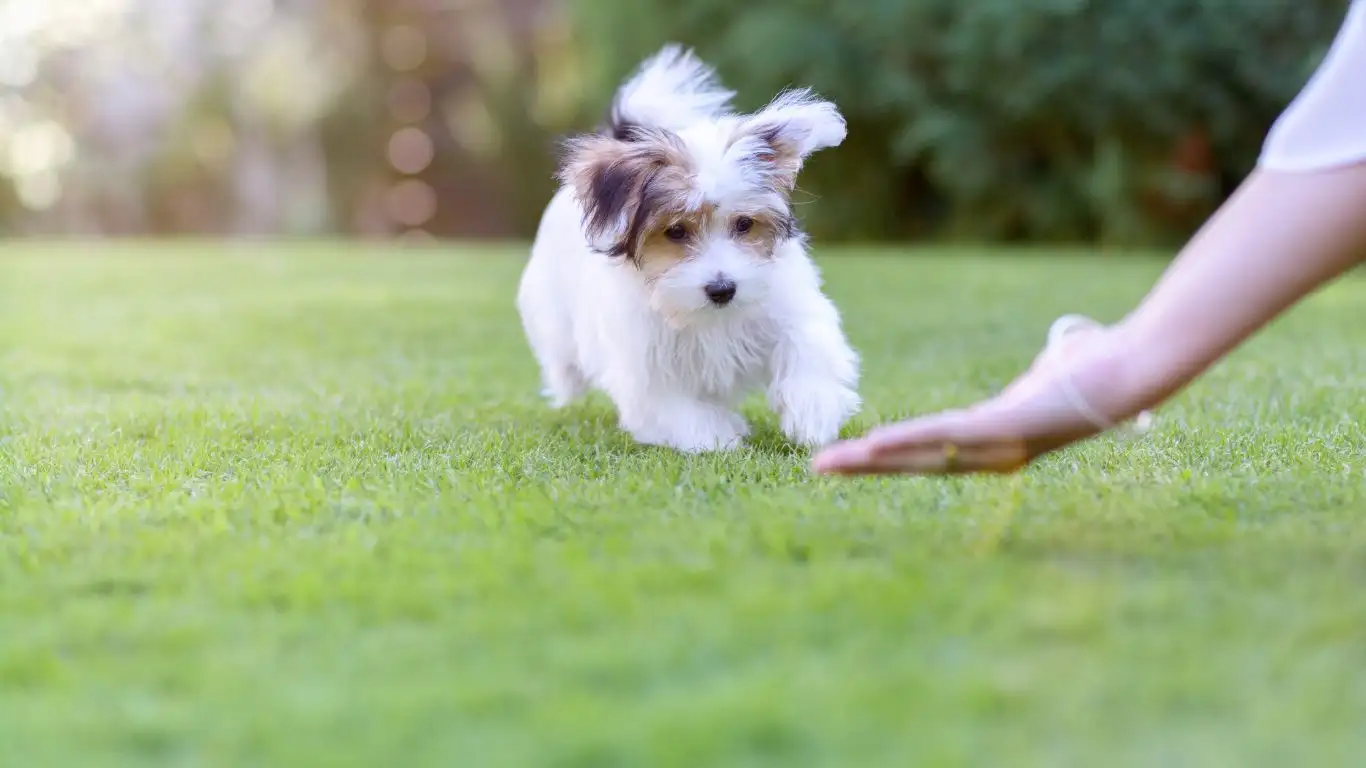
Once your dog is comfortable wearing the sweater for short periods indoors, you’ll likely want them to wear it for longer stretches, including outdoor walks, playdates, or just lounging around the house. Here are a few tips to ensure your dog stays comfortable for longer periods of time:
1. Check for Signs of Overheating
Some dogs, especially those with thick coats or smaller body types, may overheat while wearing a sweater, particularly during play or outdoor activities. It’s important to monitor your dog for signs of discomfort, such as excessive panting, restlessness, or trying to remove the sweater.
When my therapy dogs are wearing sweaters, I always make sure to check for signs of overheating by feeling their body temperature and watching their behavior. If they seem too warm, I remove the sweater and give them a break. This ensures they’re comfortable and helps avoid any potential health issues.
2. Watch for Skin Irritation
It’s also important to ensure that your dog’s skin doesn’t get irritated by the fabric of the sweater. Some dogs may have sensitive skin that reacts negatively to certain materials, such as wool or synthetic fabrics. If you notice your dog scratching excessively or licking at their skin, it may be time to try a different sweater made from a softer material.
Make sure to regularly check your dog’s skin for any redness, bumps, or irritation, especially after long periods of wearing the sweater. If you see any signs of discomfort, give your dog a break from the sweater and consult with your veterinarian if needed.
3. Adjust for Seasonal Changes
As the seasons change, so too should your approach to sweater-wearing. In the colder months, a thicker sweater may be necessary to keep your dog warm, but during warmer weather, lighter fabrics or even no sweater at all might be more appropriate. Pay attention to the temperature and adjust the type of sweater you’re using accordingly.
When the weather warms up, it’s important to consider your dog’s comfort and safety. Some dogs may get too hot even in the spring or fall, so keep their needs in mind and use a sweater only when necessary. I always recommend lightweight options for those in-between seasons to keep your dog comfortable while still offering them a bit of warmth.
References
For additional guidance on dog training and clothing, check out these helpful resources:
Disclaimer
While this article provides useful information based on my experience as a Canine-Assisted Therapy Trainer, it’s important to remember that every dog is unique. Always consult with your veterinarian or a professional trainer if you’re encountering persistent issues with your dog’s sweater training. Your dog’s health, comfort, and safety should always be your top priority.
